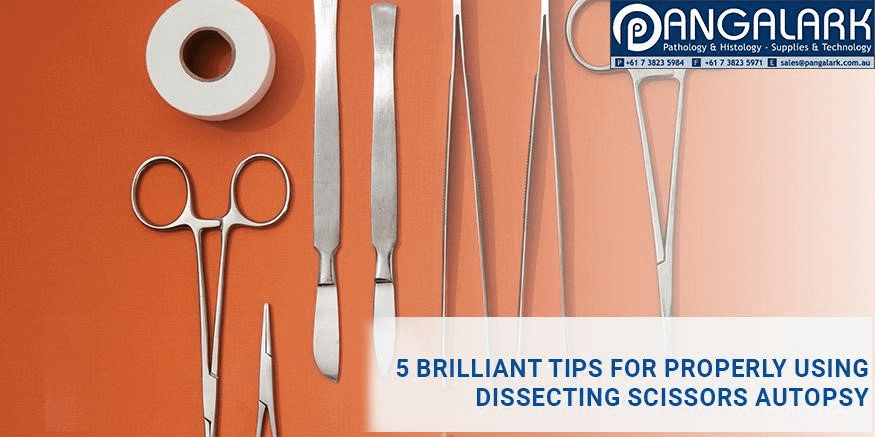Welcome to our blog, where we’ll go over five fantastic tips for employing dissecting scissors in an autopsy environment. Dissecting scissors Autopsy is an essential instrument in any autopsy because they allow pathologists from forensics to precisely and effectively cut through bone and tissue to discover the cause of the death.
But, using improperly dissecting scissors will be detrimental to the accuracy of the findings and put the person operating them at risk of injuries. By following these 5 tips, ensure you’re using scissors for dissection properly and safely to achieve precise results from your autopsy. Therefore, with no further delay, let’s get into these tips!
What are Dissecting Scissors Autopsy, and how important are they in autopsy processes?
Autopsies, also called postmortem examinations, are carried out to determine the reason for the death. The process involves a meticulous examination of a dead body to identify any injuries, anomalies, or illnesses that may have caused the cause of death. The use of specialized instruments is required to conduct an autopsy. Among them is dissecting scissors.
Dissecting scissors, sometimes called autopsy scissors, are a kind of surgical knife used for autopsy procedures. They are specially designed to cut through hard bones and tough tissue that make up the human body.
They are available in various shapes and sizes, but most come with straight blades tapered to an edge that is sharp. The scissors may be sharp or blunt, or both, and the decision on the type of scissors to use depends upon the type of tissue being cut.
The significance of dissecting the autopsy with scissors cannot be overemphasized. They are crucial instruments for any medical or forensic pathologist examiner performing an autopsy. Without these specific scissors, it is impossible to carry out an accurate exam on the human body.
5 Brilliant Tips for Properly Using Dissecting Scissors Autopsy
When an autopsy is performed, an organ is examined and dissected systematically. A pathologist or medical examiner uses dissecting tools to cut through the muscle and skin to gain access to the organs inside. They also remove organs like the lungs, heart, liver, kidneys, and heart to be examined further.
Tip #1: Pick the right Scissors
In performing an autopsy, the most essential equipment you have in your arsenal is the dissecting scissors. However, not all of them are made to be the same. There are many different scissors, and selecting the appropriate one can make a huge difference to your work.
Initially, it’s crucial to think about the kind of tissue you’ll work with. Soft tissue, like muscles and organs, require the use of a different kinds of cutting tools than hard tissues like bone. For soft tissues, a set of well-cut, sharp scissors are the best choice, but when it comes to hard tissues, an assortment of tough, heavy-duty scissors with a solid cutting edge is ideal.
Besides considering the kind of tissue you’ll work with, you should also consider how big the cutting tools are. If you’re working within a small area, like a small incision, using smaller scissors for the highest level of control and accuracy is recommended.
Another thing to consider is the grade of the scissors. A high-quality pair of scissors can make a huge difference in your work as they’ll be more precise, durable, easy to maintain, and clean.
Tip #2: Maintain Proper Sterilization Techniques
Sterilization is an essential element in any procedure for autopsies included. It is essential to use safe sterilization procedures to ensure that tools utilized during an autopsy, like cutting instruments, have been freed of dangerous viruses and bacteria that could lead to infections or cross-contamination.
When performing an autopsy, medical examiners employ various tools and instruments, such as cutting off scissors. They may come in contact with body fluids or tissues containing harmful viruses and bacteria. If the instruments aren’t correctly sterilized, they may transmit harmful pathogens to others, including medical examiners, pathologists, and other personnel involved in autopsy.
How can you ensure proper sterilization of Autopsy Dissecting Scissors
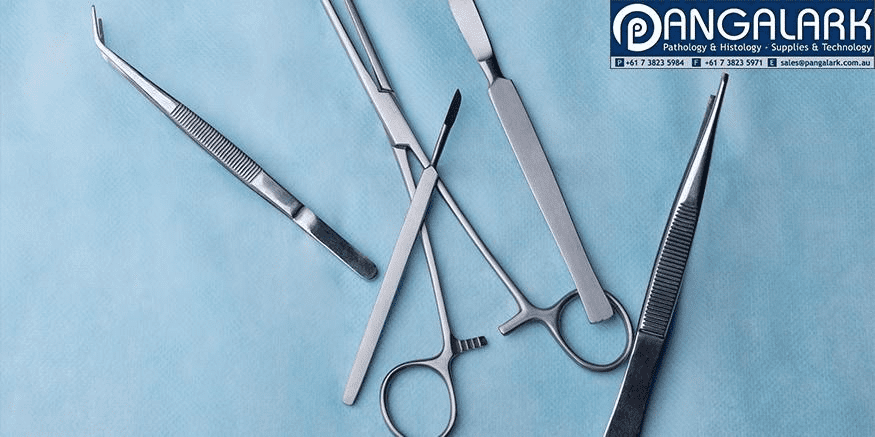
To ensure that the scissors used for dissecting autopsy instruments are cleaned and sterilized. The following steps must be followed:
Step 1: Cleansing the area before cleaning
Before sterilization, it’s vital to clean the dissecting tools thoroughly. The initial step to cleaning is pre-cleaning, which entails removing any organic material that may be present in the cutting blades.
This is done by washing the scissors under flowing water or wiping them clean with a damp cloth. Removing any visible debris before proceeding to the subsequent step is crucial.
Step 2: Cleaning
After the scissors are cleaned prior to use, they should be cleaned. It involves using chemical solutions to remove or decrease the number of microorganisms on cutting blade surfaces. It can be accomplished by placing the scissors in a disinfectant solution for the prescribed time.
Step 3: Sterilization
After disinfection, cutting instruments must be sterilized. Many methods of sterilization include autoclaving, chemical sterilization, and radiation sterilization. Autoclaving is the most popular method used to sterilize, cutting off the autopsy of scissors.
In autoclaving, the tools are exposed to steam with high pressure at a certain temp and a certain period, which kills all microorganisms on the cutting instrument’s surfaces.
Step 4. Storage
After the scissors for dissecting are sterilized, they need to be properly stored in order to prevent contamination. They should be kept in a dry and clean location, away from possible sources of contamination.
Tip #3 Use the Scissors correctly
In the course of performing an autopsy, among the top crucial instruments that a medical examiner has is a pair of scissors to dissect the body. However, just like all tools making use of them properly is crucial to ensure accuracy and avoid injury. This blog will discuss the correct procedure for holding and dissecting scissors autopsy.
The first step is to select the appropriate pair of scissors suitable for the task. Dissecting scissors are available in various sizes and shapes, with various blade styles and handles. Some are made to be used in general settings, while others are designed for specific kinds of organs or tissues. Be sure to have the correct pair of scissors to complete the task you are working on.
When you’ve got your scissors, you’re ready to begin using the scissors. One thing to keep in mind is that they must always be held in a firm grip but not too tightly. Handles should always be placed by the hand by wrapping your fingers in the grasp. It is recommended to place your thumb close to the blade, and the middle and index fingers are utilized to manage your blades’ openings and close.
When making an incision, it is important to position the blades’ tips precisely where you wish to cut. Blades should parallel the tissue’s surface while the blade’s cutting edges are facing downwards. The blades must be slightly opened and then closed with a steady, smooth motion to create the cut. It is important to cut all the blades, not just the tips, to ensure you get an even and clean cut.
After cutting the incision after cutting, cleaning the blades thoroughly before cutting another one is essential. This can be accomplished using a clean cloth or gauze, wiping them using gauze or a clean towel, or using an ointment to sterilize them. It’s essential to avoid cross-contamination of different organs or tissues. Therefore, ensure you clean the blades well before proceeding to the next step.
Tip #4: Store the Scissors Correctly
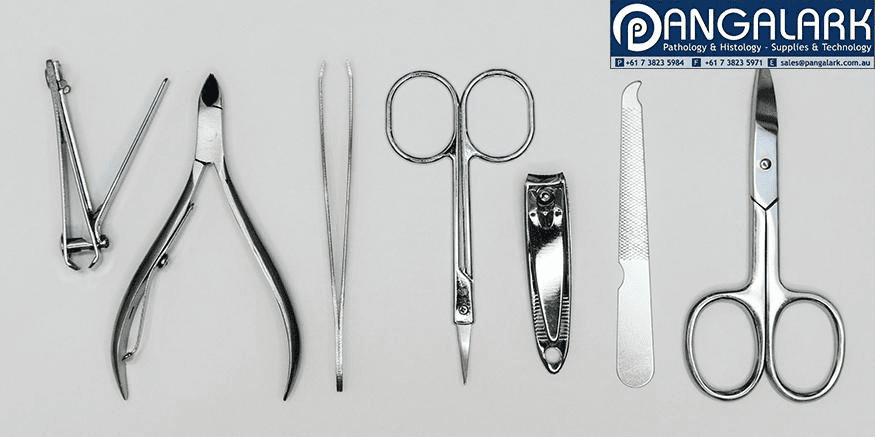
Dissecting scissors autopsy is an essential tool medical examiners, and forensic pathologists use in autopsy procedures. The specially-designed scissors are made to slice through the tough tissues and bones that make up the body and play a vital role in determining the reason for death.
The proper storage of cutting scissors is essential to prolong their life and avoid any destruction. In this blog, we’ll look at how to store scissors properly and safely. A proper storage system for dissecting scissors is essential for their long-term use and to avoid the possibility of damage.
If the scissors are stored improperly, it could cause corrosion, rust, and sharpening of the blades, and other types of damage that could render them ineffective or even hazardous for use in an autopsy.
How to store Dissecting Scissors Autopsy
The following guidelines should be followed to ensure that scissors for dissecting are properly stored.
Tip 1. Clean and Dry the Scissors
Before storing scissors for dissecting, they should be dried and cleaned thoroughly. Any tissue, debris, or bodily fluids must be removed from the blades with water and soap. After cleansing, the scissors must be dry to avoid corrosion or rust.
Tip 2: Lubricate the Scissors
Dissecting scissors autopsy must be coated with lubricant prior to storage in order to avoid rust and corrosion. A thin lubricant layer, like mineral oil or petroleum jelly, can be applied to the cutting blades.
Tip 3. Store it in a dry Place
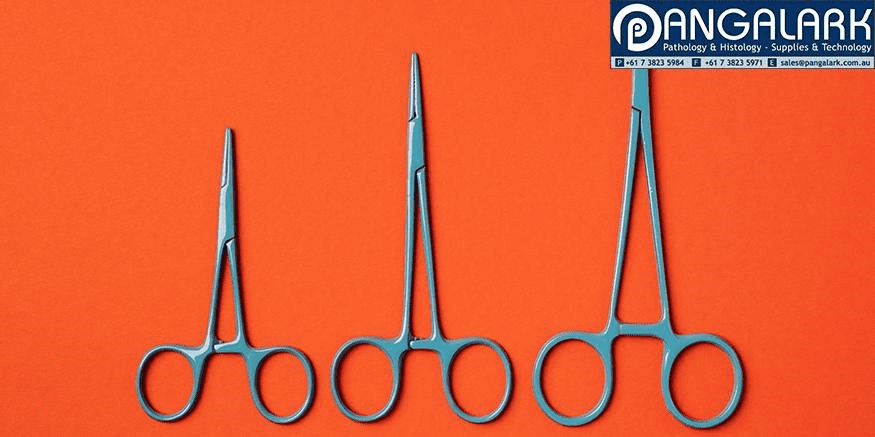
Dissecting scissors should be kept in a dry area to avoid the build-up of moisture which could cause corrosion and corrosion. A drawer or cabinet specifically designed for storage of Dissecting scissors autopsy is the best option. The area of storage must be dry and free of humidity.
Tips 4: Keep the items in a secure area
Dissecting scissors should be kept in a secure location so they aren’t readily accessible to unauthorized personnel. A locked drawer or cabinet is recommended to store dissecting scissors to ensure that they are not stolen or used fraudulently.
Tip 5: Make sure the Scissors covered
Dissecting scissors must be covered when stored to avoid contamination by dirt, dust or other debris. A silicone or plastic cover is suggested to store scissors for dissection. A proper storage system for Dissecting scissors autopsy is vital for their long-term durability and to avoid destruction.
f you follow the guidelines above, you can ensure that your scissors are properly stored and efficiently. This will avoid corrosion, contamination, and rust. This will ensure that they’re always prepared to use in autopsy procedures.
Tip #5: Be aware of when to replace the Scissors
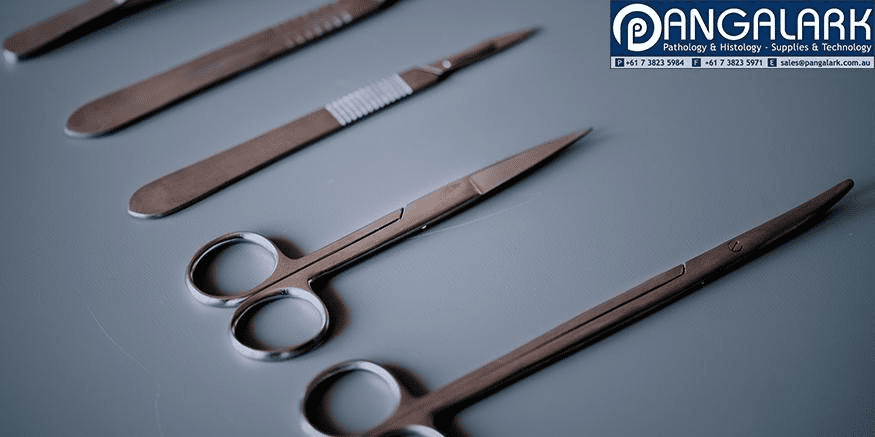
Dissecting scissors is an important tool for an autopsy. They permit medical examiners to create precise cuts and examine organs and tissues. Like all tools, they have a short life span and need to be replaced if they become damaged or worn out. Let us talk about how to change your scissors for dissecting and why to do it.
The first indication that your scissors for dissecting might need to be replaced is the dullness. As time passes, the blades will be damaged or dull, making it difficult to create clean cuts. If you’re applying more pressure than normal to cut, or if your blades aren’t cutting equally, you should think about replacing the blades.
Another indicator that it’s time to change your scissors is when they’ve become corrosion-prone or rusty. Rust can cause the blades to weaken and make them more susceptible to breaking or deformation. The corrosion can make blades harder to remove, increasing the possibility of cross-contamination between various organs or tissues.
Broken or damaged scissors may reduce the accuracy of the autopsy results, which could lead to mistakes in diagnosis or missing findings. Utilizing damaged or worn-out scissors may increase the risk of injuries on the Medical Examiner because they require more force in making cuts, which increases the chance of injuries or slips.
Conclusion:
Ultimately, using the right scissors to dissect is vital to ensure an accurate and safe autopsy. With the five excellent suggestions in this blog, you can ensure that you’re using your scissors correctly and that you’re capable of achieving the highest possible outcomes. Make sure you choose the correct set of scissors. Use them with an erect grip, cut precise cuts, scrub the blades well, and know when to replace the blades. With these suggestions, you’ll be on the path to becoming an expert autopsy technician.

